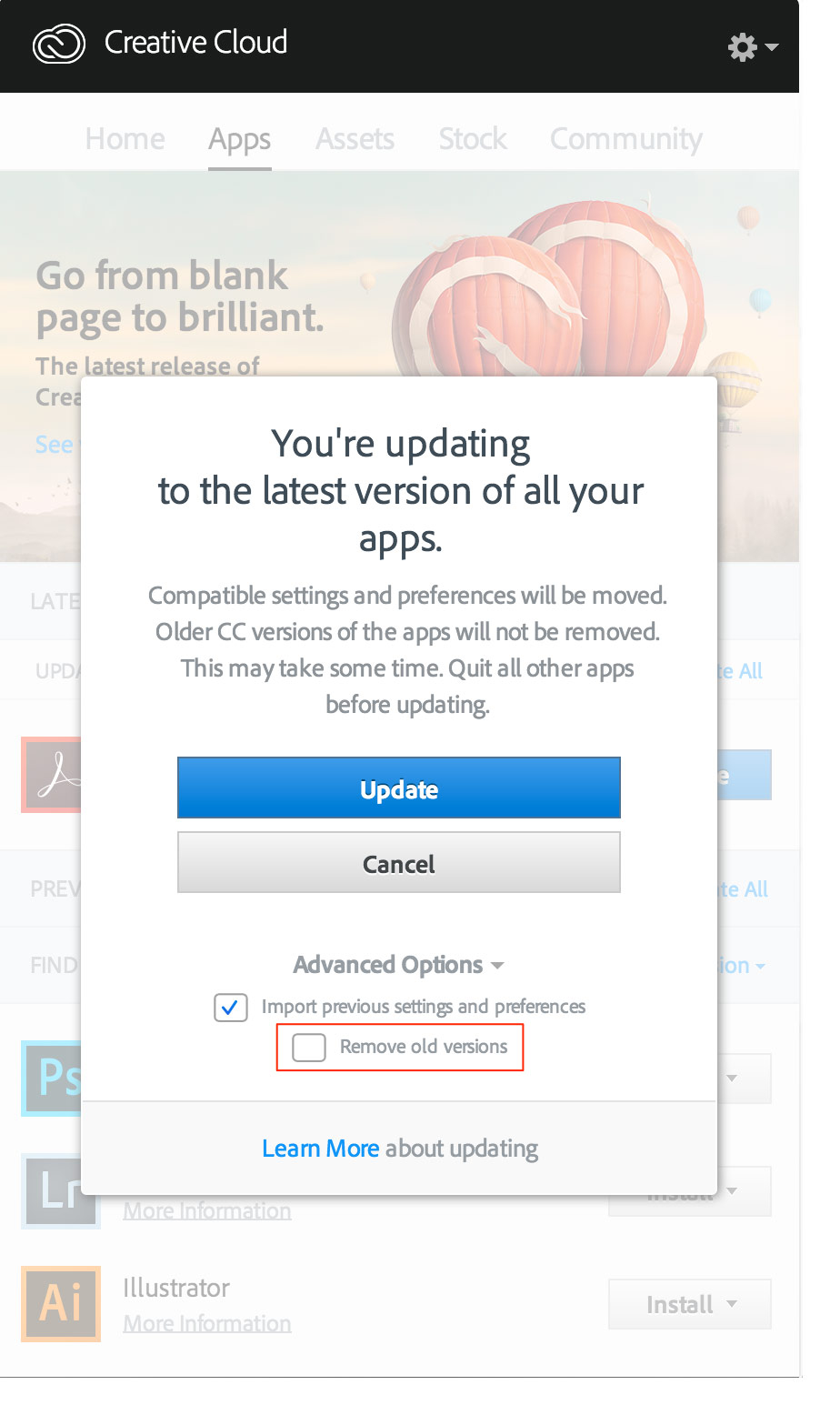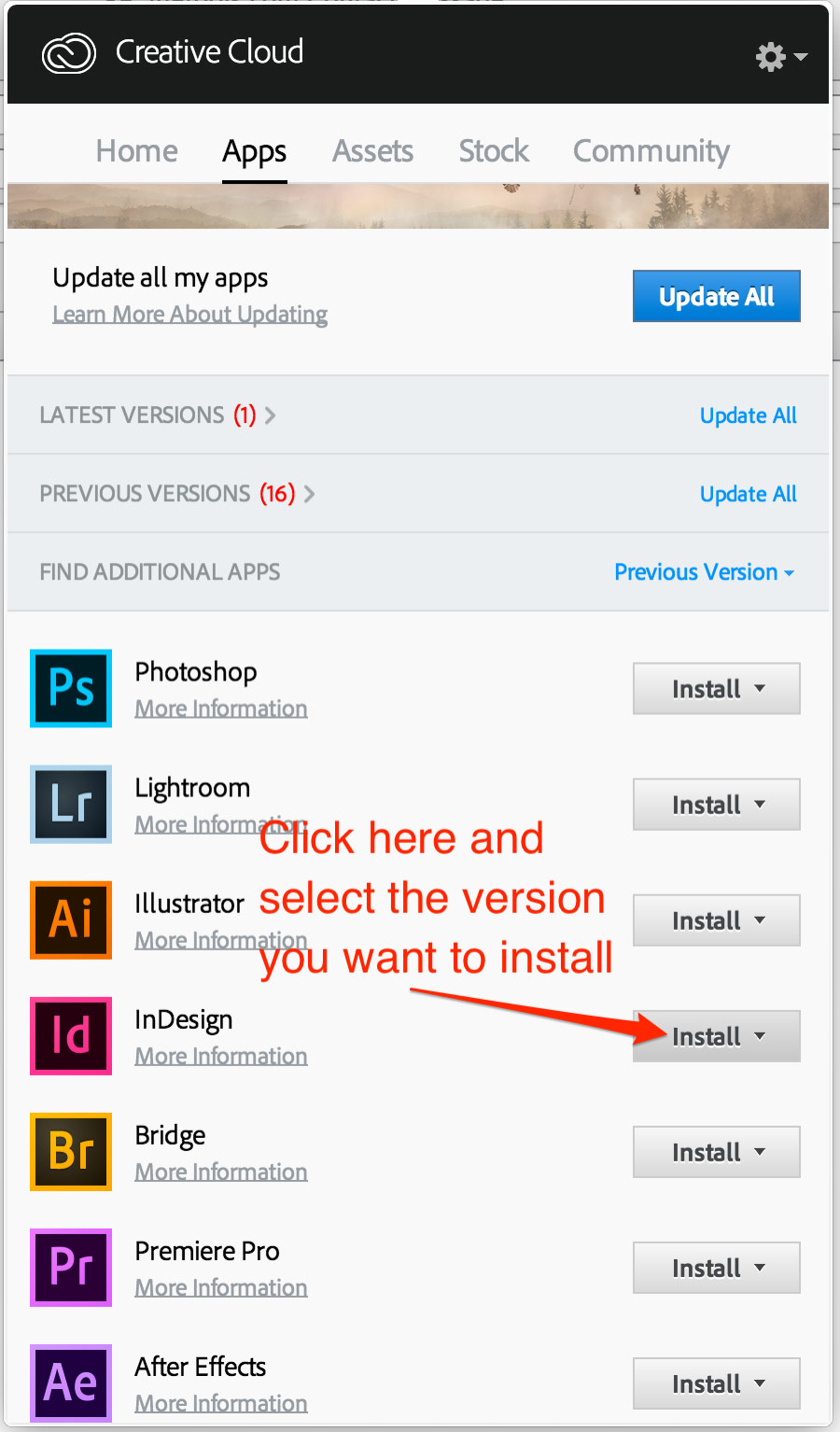Adobe recently released CC 2017.
It is very unfortunate that Adobe’s marketing goes to lengths to blur the fact that many CC “updates” are actually upgrades to completely new versions. To make matters worse, Adobe removes your previous versions of CC by default. This is problematic on numerous fronts. Files created in CC 2017 are not compatible with CC 2015 unless saved as IDML. Adobe changes the file format between versions, and often changes parts of the composition engine as well. This can cause text to reflow when opening an old file in a newer version of InDesign.
Conventional wisdom has always been to keep an existing file in the same version of InDesign unless there’s a compelling reason to upgrade it. In fact Rorohiko created a product whose sole purpose is to ensure that the correct application version opens the correct file. It’s called Soxy and I highly recommend its use. You can find it here.
Don’t upgrade yet.
In general, new release dates are dictated by Adobe Marketing, and not when Engineering decides it’s ready. CC 2017 seems to be no exception. I highly recommend waiting until the first dot release of CC 2017 (i.e. CC 2017.1) before doing upgrading.
Secondly, CC 2017 has significant architectural changes under the hood. The one with the biggest impact is the removal of Flash panel support for extensions. The architecture which replaces the Flash panels is not quite as robust, and most third party developers are scrambling to migrate their products to the newer architecture. At PrintUI we’re no exception. Our panels will not yet work in CC 2017 and you will need CC 2015 or earlier to upload templates until we finish the migration.
If you do upgrade, make sure you leave CC 2015 installed.
As mentioned, Adobe makes this difficult. Removing older versions of InDesign is something you almost never want to do.




